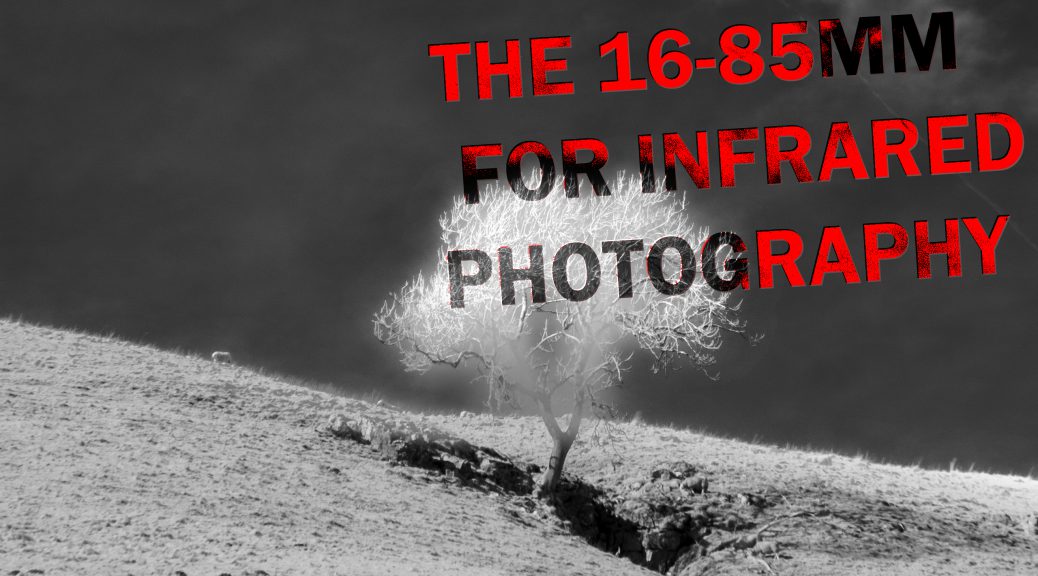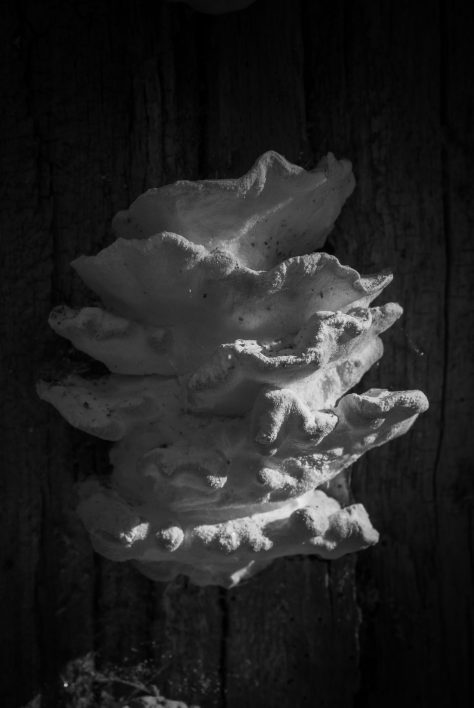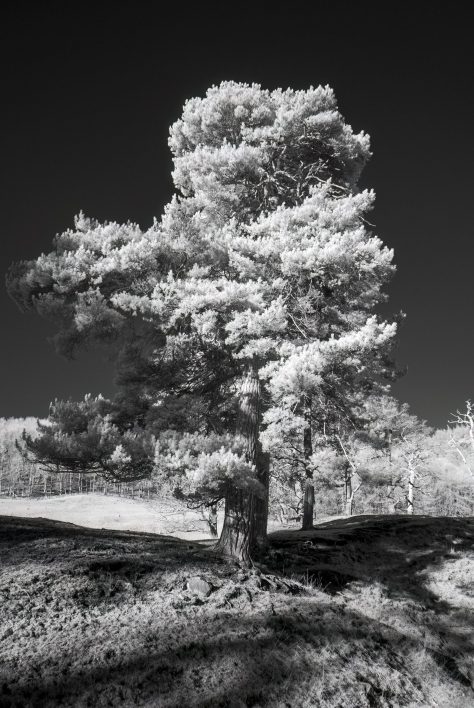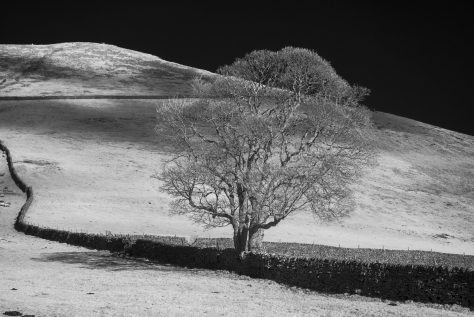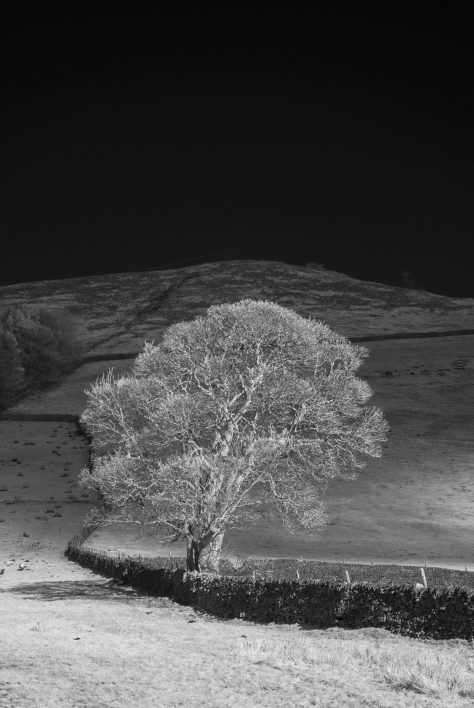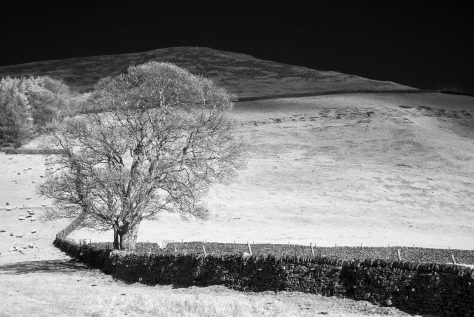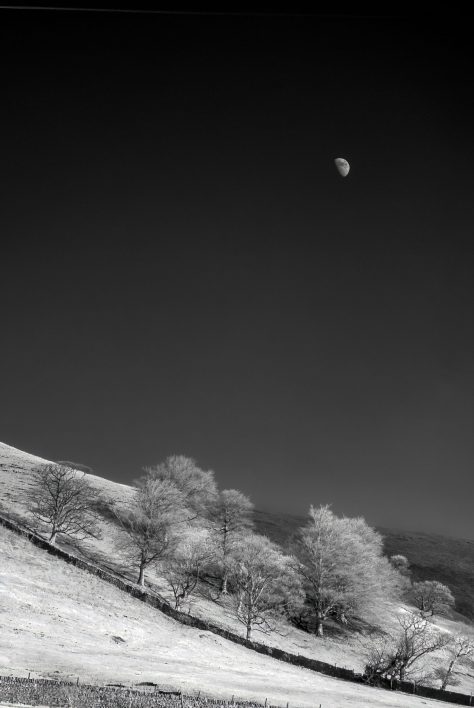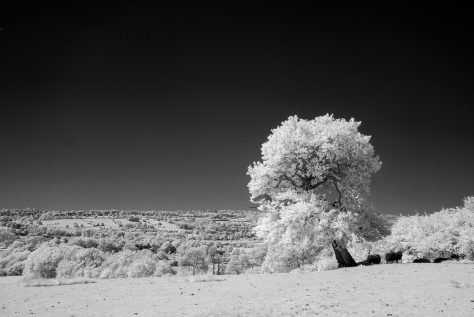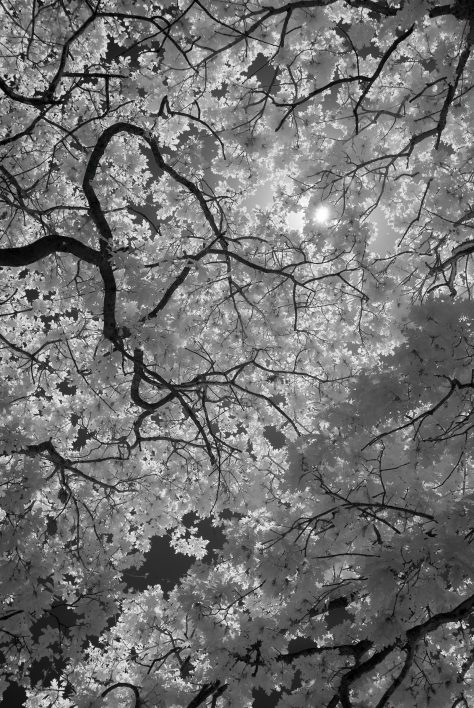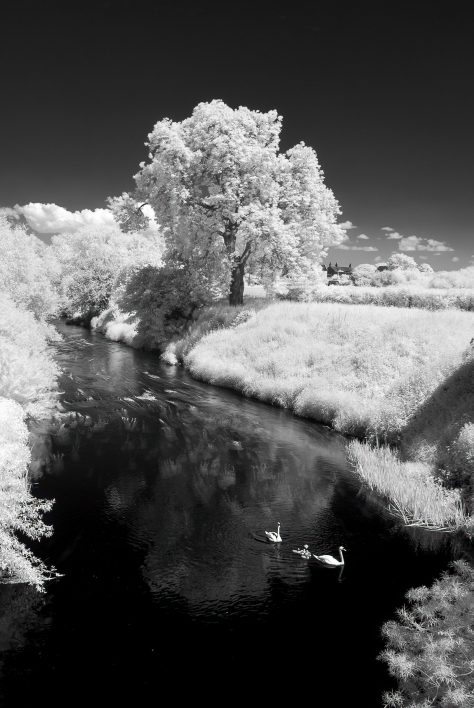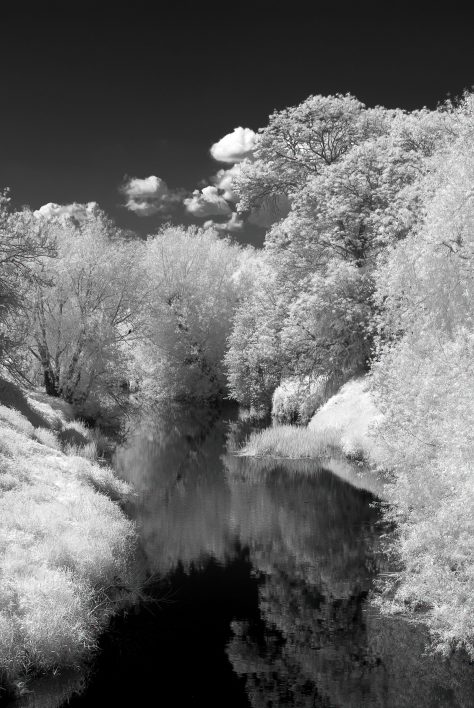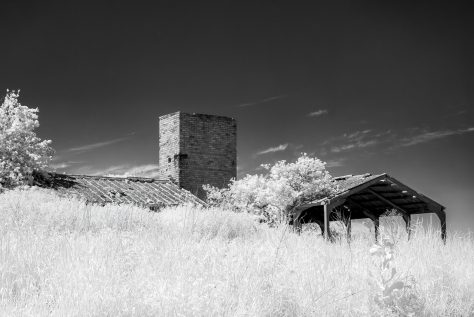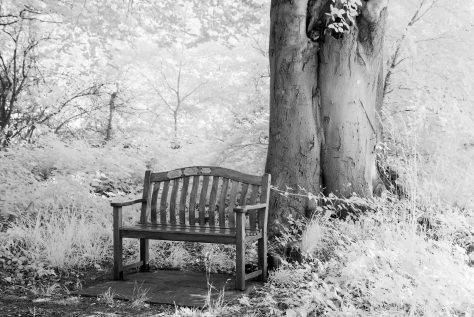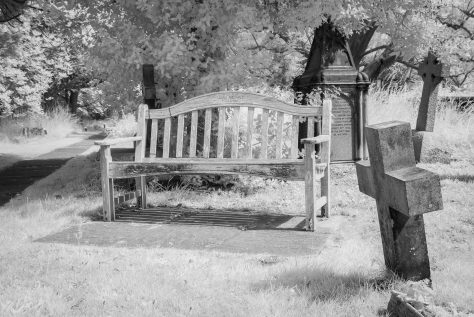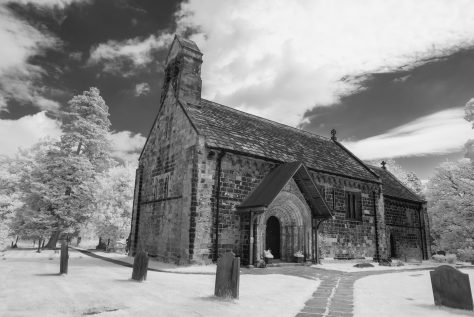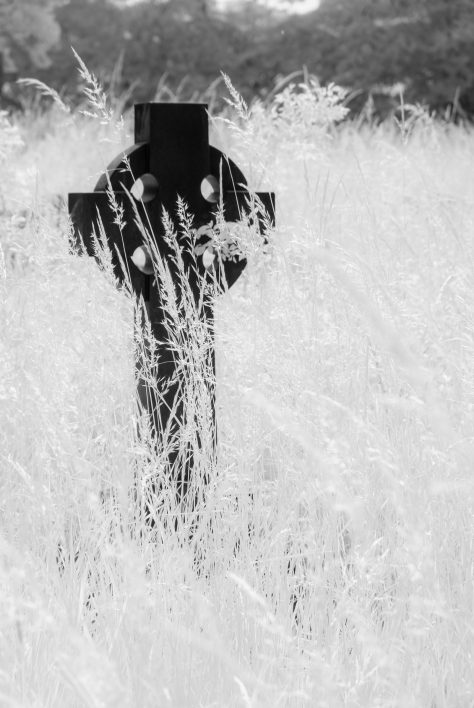A new lens for infrared photography
At the back end of last year I bought a 2nd D800 and part of that package deal was a 16-85mm DX lens. To be perfectly honest, I didn’t want that lens but since it was packaged as part of the D800 sale, I was forced to buy it anyway.
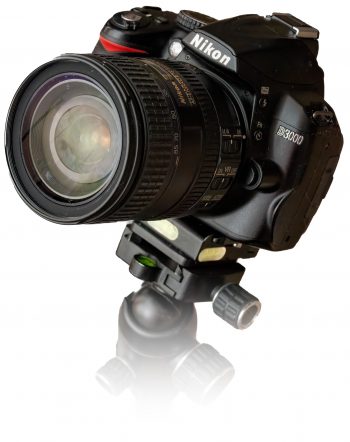
For normal photography, I shoot full frame on the Nikon D800. I have two APS-C (DX) cameras, one which I use exclusively for wildlife, coupled with the Sigma 150-600mm, and the other is my infrared-converted Nikon D3000. Not knowing much about the lens, I didn’t anticipate that it would advance my infrared photography in any way. However, it’s really delivered in a couple of significant ways.
Firstly, and possibly most importantly, the focal range – 16-85mm – is an effective 24-127.5mm, which I find is perfect as a walk-around lens. The Samyang 14mm has been superb, with its 21mm equivalent focal length, and in practice I’ve found that the super-wide infrared landscapes it facilitates are highly impactful. But a single prime lens for an entire genre is a substantial limitation, and the 16-85mm can address this and makes the infrared camera almost a must-carry.
Secondly, there’s no sign of the major flaw, common to most lenses used in infrared photography; the infrared hotspot. This is a huge win, because I’ve found the hotspot issue to be a significant obstacle in my infrared photography, on all other lenses besides the Samyang 14mm f/2.8. The hotspot manifests on most lenses as a bright, low-contrast “blob” around the centre of an infrared image, heavily impacting the usability of a photo. It’s particularly noticeable when the lens is stopped down to f/8 or beyond – often apertures that are highly desirable, owing to the odd focusing behaviour of infrared light.
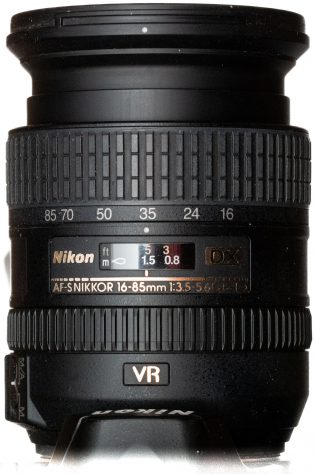
With careful editing, it’s sometimes possible to reduce or conceal the effect of a hotspot, but isn’t always or even often possible to rescue an image where the hotspot is present. The absence of this flaw in the 16-85mm breeds confidence and means that I’m always happy to take and use my infrared camera when conditions are right. Though I haven’t taken many photos generally this year, yet, I’ve taken a significantly greater percentage of infrared images than I have in recent years.
Over the last year or so I’ve also resolved to converting all my infrared images to black and white. While some people do like the colour infrared images that I’ve produced over time, it seems that not so many do. However, many of those who tend to dislike, or at least ignore, my colour infrared images very much enjoy my black and white-converted infrared images. Colour infrared imagery can appear to be a little too surreal or even unsettling, and viewers dismiss them as camera trickery, or perhaps as a bit too “Instagram-filter-gone-mad” for their tastes. However, black and white-converted infrared images seem to not lose their viewership as quickly. They can be quite striking while still appearing to fit within the accepted norm of black and white photography.
Below are some examples of shots taken with the IR590 converted Nikon D3000 coupled with the Nikkor 16-85mm 1:3.5-5.6G ED DX.

